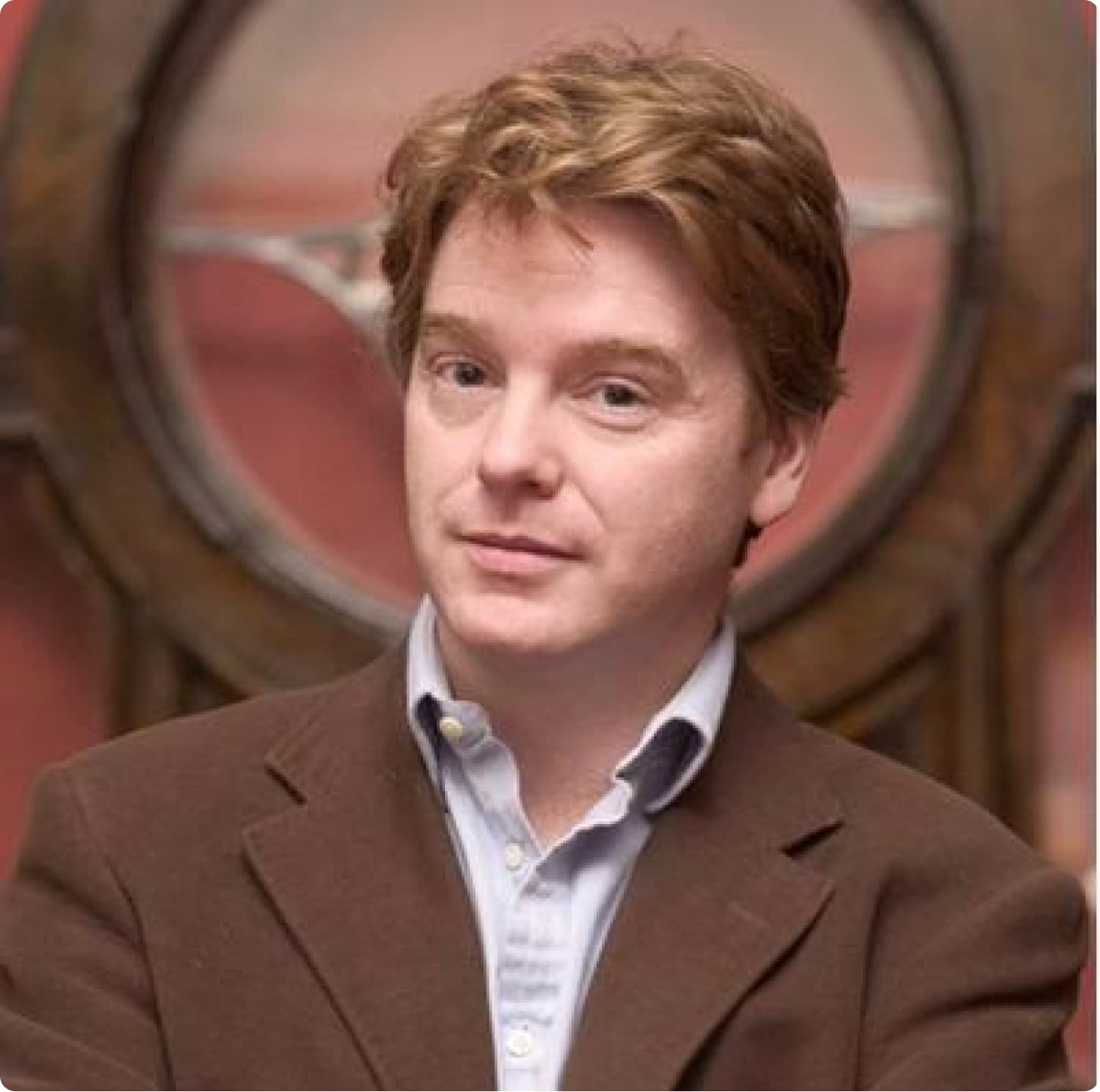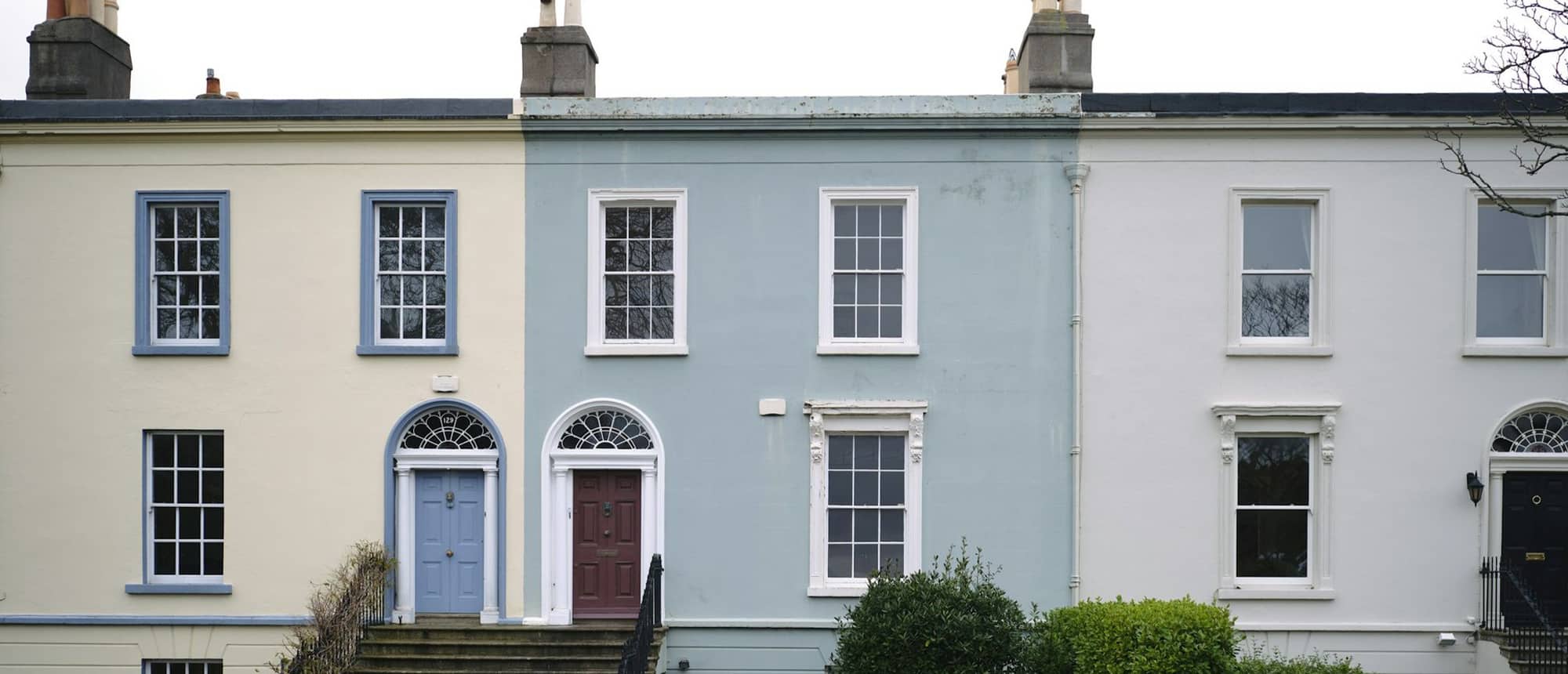Ireland Will Not Have Any Political Peace Until We Fix Housing
We all know that Ireland’s demographic history is one of the most unusual and tragic in Europe. The collapse of the population from the early 19th century is unprecedented in European history.
In 1821, for example, the island of Ireland had a population of 6.8 million. England – a far larger land mass – hosted a population of 10.4 million. Today there are closer to 7 million in Ireland, whereas there are 56 million people in England. Had Ireland’s population risen at the same rate, there would now be around 35 million people on the island.
It’s difficult to get our heads around these numbers, and obviously things didn’t turn out that way, but in economic terms Ireland until very recently was dealing with the problems of population decline. We are now dealing with the problems of population expansion, and we don’t know what to do. For generations we grappled with the problems of economic failure, emigration, high unemployment and falling incomes. Now we must deal with the problems of success, full employment and soaring incomes.
Our State’s collective economic and managerial competence was not prepared for the mental shift that such population growth demands. That mental shift involves major infrastructure, new towns and transport frameworks, as well as a vastly different approach to land use, land ownership and land rights.
We must consign to history our mental map of Ireland with all roads leading to Dublin and plan for an entirely new city or new cities, not just adjacent to old ones, but possibly entirely greenfield cities and towns. At the core of this transformation is the democratic reality that with a growing population Ireland will not have any political peace until we fix housing. It’s that simple, no housing, no stability.
Accommodating a rapidly rising population requires emergency or crisis thinking. It is easy if you have a home to be inured to the severity of this national challenge. Without a concentrated effort by the State and the citizens, Ireland’s inability – and, so far, unwillingness – to build homes will undermine political, social and, therefore, economic solidarity for decades to come.
The political slogan for the next three decades should be houses, houses, houses – nothing else matters. To paraphrase Bill Clinton’s adviser James Carville, in political terms, “it’s the housing market, stupid”. Everything else comes second. All policy initiatives, from planning to transport, education and – maybe most critically – inward investment must answer the question “where will they live?” before the State moves ahead on any decision.
Housing demand depends on the following four factors: natural increase in the population (births minus deaths); immigration; the size of the household (how many people live in each house); and obsolescence (how much of the housing stock is uninhabitable). Based on these trends, my back-of-the envelope calculation points to a need to build at least 55,000 homes a year.
That’s a city the size of Waterford every year. That is every year, not every decade.
The facts are stark. Ireland has one of the highest rates of natural population growth in Europe. CSO figures point to around 20,000 last year – 55,500 births minus 35,500 deaths. Based on 2022 figures from Eurostat, Ireland saw a +4.4 natural population change (ie births minus deaths) per 1,000 inhabitants – well above the next highest in Sweden & Norway (+1) and way above the EU average (-2.8). According to estimates from the Central Bank (2019) the natural increase in the population is expected to be the main driver of housing demand over the coming decades, with an estimated 18,000 new dwellings needed each year from 2020-2030 to account for the natural increase alone.
By far the major factor driving population now is inward migration. In the 12 months to the end of April 2023, the Irish population rose by 97,600 people, which was the largest 12-month increase since 2008. There were 141,600 immigrants – a 16-year high, and this was the second successive year that over 100,000 people moved to Ireland. Some 29,600 were returning Irish citizens, 26,100 were EU citizens, and 4,800 were UK citizens. The remaining 81,100 immigrants were from other countries including almost 42,000 Ukrainians. [CSO]. Half of all immigrants are between the 25-44-year-old age group – the most likely age group to be having families.
The Government’s National Planning Framework assumes immigration of only 12,500 per annum, which is obviously a long way from reality. Every 10,000 people roughly equates to 4,000 homes. At present rates of inward migration, Ireland will need to build, 40,000 homes a year just to deal with immigration. The Government’s own figures of 12,000 homes for immigrants is far from what is needed. Assuming all the Ukrainians go back, which isn’t realistic, we are still talking about 60,000 immigrants per year implying the need for around 26,000 additional new homes.
We also must factor in the change in Irish household size. We have one of the largest household sizes in western Europe (2.5 people per household), but this has fallen steadily over the past five decades. We are still relatively un-urbanised and don’t live in apartments. This is changing. As household size falls we will need more houses per head of population. The number of Irish households rose by roughly 50 per cent from 1.1 million in 1996 to 1.84 million by 2022. Two-thirds of this growth over the past 20 years has been in one- to two-person households.
This inability of our housing stock to respond and accommodate this shift has contributed to severe overcrowding and shared accommodation, especially in Dublin. Many young couples live in rooms in shared houses with other young couples.
Household size will have a significant impact on our housing need. If Ireland’s population rises to 6.2 million by 2051, for example, we’ll need about 2.5 million dwellings with an average household size of 2.5. On the basis of present trends lower household size translates to around 10,000 new homes per year. If we end up with what looks like a small change in household size, let’s say 2.3 people per home, we will need to build 270,000 extra homes above that 2.5 million.
Finally, 150,000 Irish households currently live in buildings that are more than 100 years old, predominantly in rural areas. These buildings need to be updated or replaced. There are 2.1 million homes in the country, therefore, at an obsolescence rate of 0.5 per cent. So we may be talking somewhere in the 5,000–10,000 new homes range just to replace these old homes every year.
Taken together the rising population requires us to build between 55,000 and 60,000 new homes per year, twice the amount that is being built right now. The longer it takes us to get to the 55,000-60,000 figure, the greater the housing crisis. That is the challenge.
Problems like this are the problems of economic success. Eventually Ireland figured out how to solve the problem of economic failure. Could the problem of success overwhelm us?





